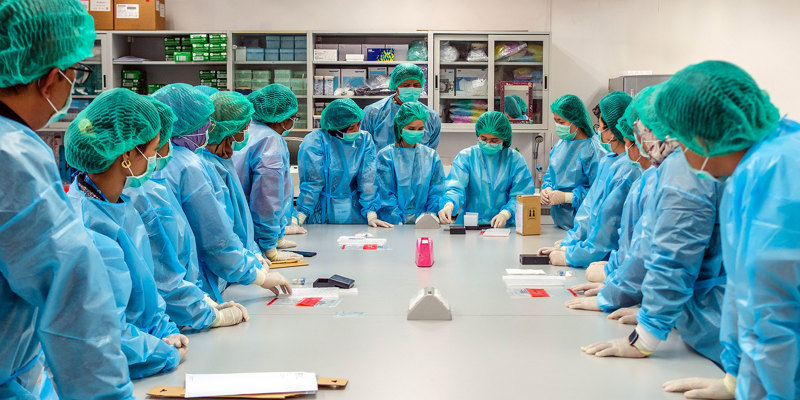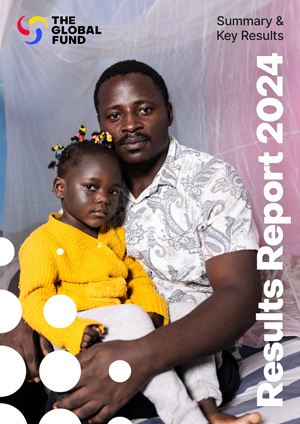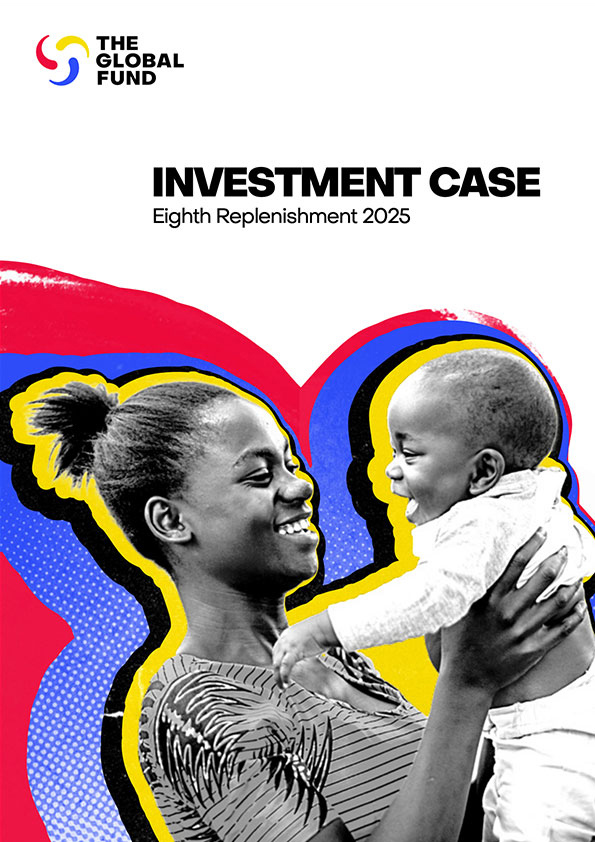
The Results Report highlights the significant strides the Global Fund partnership has made in the fight against HIV, tuberculosis (TB) and malaria in 2023.
The results we have achieved in the last year build on an extraordinary record of progress: Since 2002, our partnership has cut the combined death rate from AIDS, TB and malaria by 61%. In 2023, we reached a new milestone on our journey to end HIV, TB and malaria as public health threats: We put more people on antiretroviral treatment for HIV than ever before, we found and put on treatment more people with TB than ever before, and we distributed a record number of mosquito nets to prevent malaria.
In 2023 the Global Fund made an unprecedented level of investments to build strong health and community systems, mitigating the impact of today’s global crises on the health programs that we fund. We played a critical role in supporting countries and communities to advance human rights and gender equality by breaking down barriers to health and ensuring access to lifesaving care to those who need it most.
Key Results and Lives Saved
Since our inception in 2002, health programs supported by the Global Fund partnership have saved 65 million lives.

Key Results:
The coverage of key treatment and prevention interventions for HIV, TB and malaria in countries where the Global Fund invests has increased significantly since our founding. In 2023, 78% of people living with HIV were on antiretroviral therapy, up from 22% in 2010. TB treatment coverage reached 70% in 2022, up from 45% in 2010. The percentage of the population with access to a long-lasting insecticide-treated net reached 57% in 2022, up from 30% in 2010.
By putting people and communities at the center of all our work, we continued to deliver on our promise to save lives from HIV, TB and malaria and help countries build stronger and more inclusive health and community systems. Our investments have played a pivotal role in helping to increase life expectancy in low- and middle-income countries. Millions of people in sub-Saharan Africa are living longer, largely because of the gains made in the fight against HIV, TB and malaria.
We measure our progress against the targets in the global plans for HIV, TB and malaria and in the Sustainable Development Goal (SDG) 3 of health and well-being for all. Our achievements are the result of efforts by a wide array of actors comprising the Global Fund partnership, including governments, multilateral agencies, bilateral partners, the private sector, civil society groups, and people and communities affected by the three diseases.
Coverage of treatment and prevention interventions
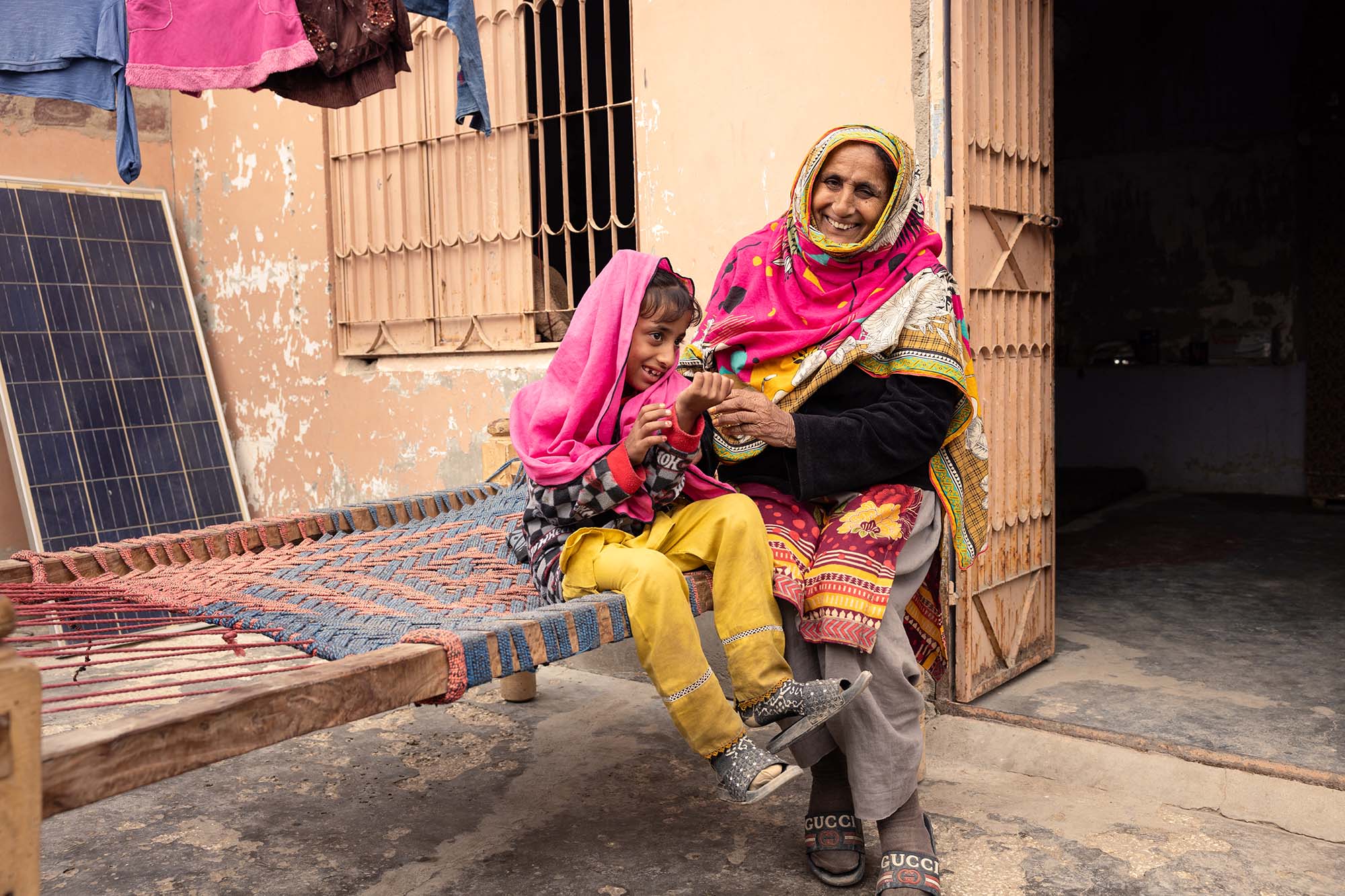
2024 Results Report

HIV: State of the Fight
Key HIV results in 2023 in countries where the Global Fund invests:
The world continues to make remarkable gains against HIV – the end of AIDS as a public health threat is within reach.
In 2023, the Global Fund continued to invest strongly in HIV treatment, including interventions focused on enrolling and maintaining more people on lifesaving care. Twenty-five million people were on lifesaving antiretroviral therapy in countries where the Global Fund invests in 2023, up from 17.5 million in 2017. In 2023, the Global Fund, together with partners and generic pharmaceutical manufacturers, secured a price reduction of 25% for the preferred first-line HIV treatment, enabling governments to invest in other critical areas of their HIV programs, save more lives and reduce new infections.
Our investments in HIV prevention focused on increasing access to the interventions that have the greatest impact on reducing new HIV infections. In the countries where we invest, 17.9 million people were reached with HIV prevention services, including 8 million people from key populations and 8.5 million young people. We continued to support countries to address societal and structural factors that fuel the HIV epidemic, promoting and protecting human rights and addressing other inequalities that predispose people to the virus.
People living with HIV who know their status
People living with HIV receiving ARVs
People living with HIV with suppressed viral load
Prevention of mother-to-child transmission coverage
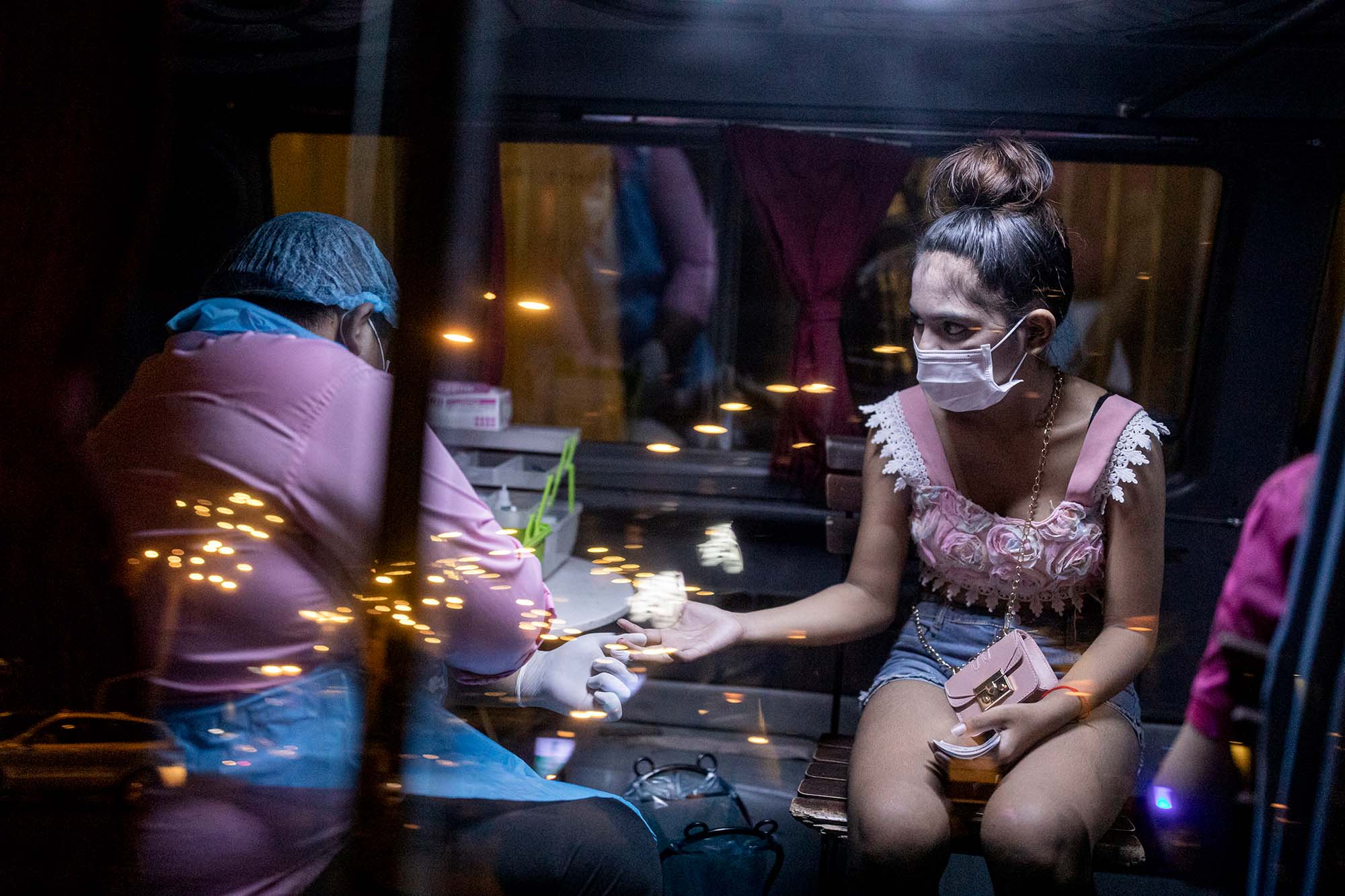
Global Fund investments not only drive progress in tackling HIV, but also contribute to building strong, equitable and resilient health and community systems. In 2023, investments in training health care workers, improving laboratory infrastructure and integrating HIV services into broader health systems accelerated country-led responses to HIV while supporting progress in the fight against other diseases and strengthening pandemic preparedness.
But our fight isn’t over yet. In 2023, 39.9 million people were living with HIV globally, 1.3 million people were newly infected with the virus, and 630,000 people died of AIDS-related causes. We must significantly scale up efforts and resources if the world is to meet the SDG 3 target of ending AIDS as a public health threat by 2030.
HIV Infections Among Adolescent Girls and Young Women
Gender inequality has long been recognized as a powerful driver of the HIV epidemic. Adolescent girls and young women (aged 15 to 24) are still disproportionately affected. But Global Fund investments in 13 priority countries have led to a 69% reduction in the HIV incidence rate amongst adolescent girls and young women in these countries since 2010. In 2023, 2.6 million adolescent girls and young women were reached with HIV prevention programs in these priority countries. The Global Fund has also invested in HIV treatment and prevention programs focusing on boys and men, including voluntary medical male circumcision as well as efforts to address harmful cultural and social norms that influence HIV transmission.
Reduction in HIV incidence rate among women aged 15-24
Trends in HIV Burden
In countries where the Global Fund invests, AIDS-related deaths have been reduced by 73% since the Global Fund was founded in 2002 and new infections have been reduced by 61%. In the absence of HIV prevention and HIV treatment measures and antiretroviral medicines, deaths would have increased by 115% and new HIV infections by 119% in the same period. The world has made remarkable progress in the response to HIV – we’ll work together to finish the fight by 2030.
Trends in AIDS-related deaths
Trends in new HIV infections
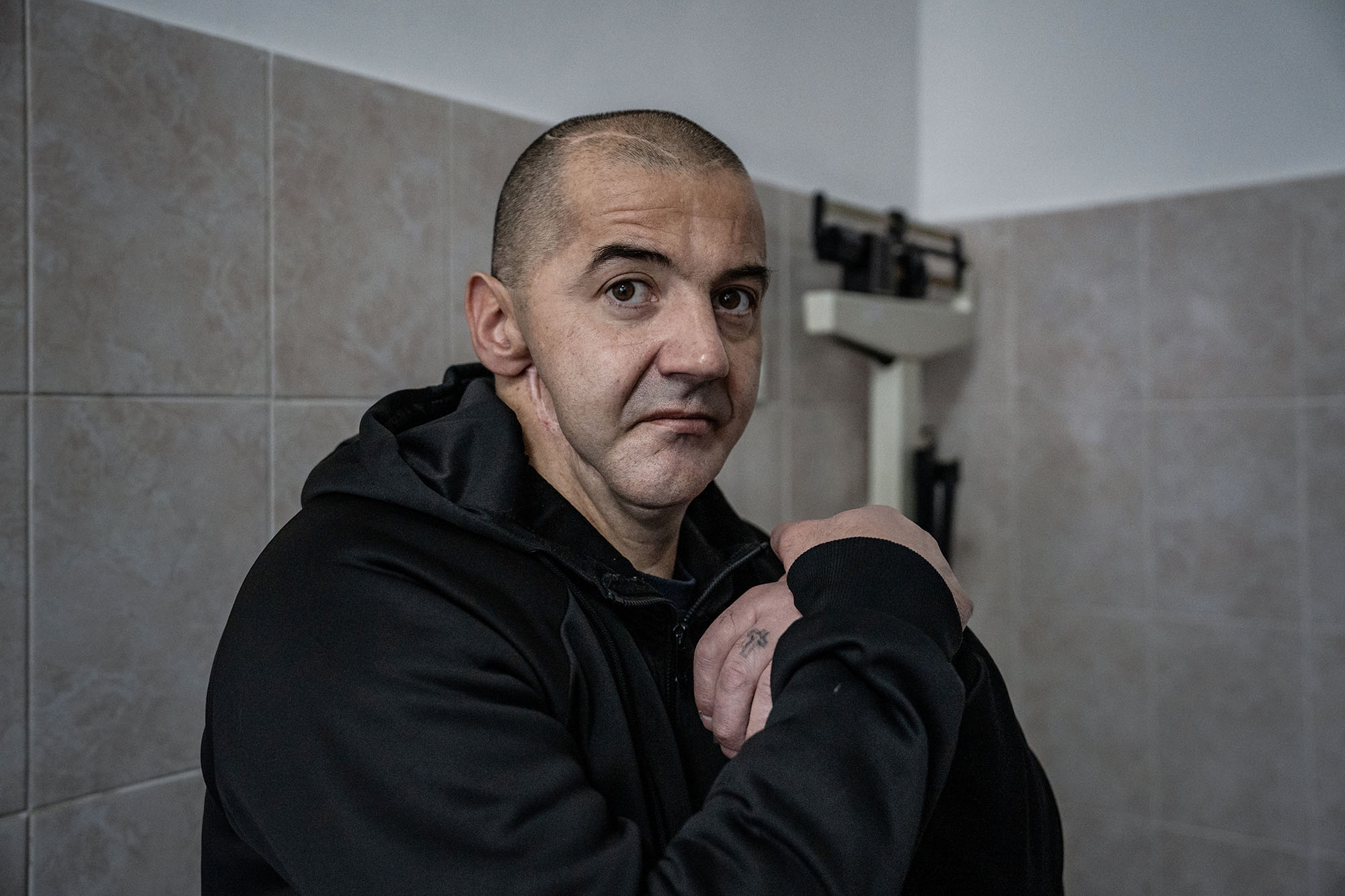
Investing for Impact
The Global Fund provides 28% of all international financing for HIV programs and has invested a total of US$26.6 billion in programs to prevent and treat HIV and AIDS and US$5.5 billion in TB/HIV programs as of June 2024. Global Fund investments to tackle HIV not only drive progress against the disease, but also contribute to building strong, equitable and resilient health and community systems.
Today, we have the knowledge and tools to prevent every new HIV infection and each AIDS-related death. The gains made against HIV in 2023 build on more than two decades of acceleration and progress. The Global Fund partnership is now focused on finishing the fight against HIV and AIDS by 2030.
Progress Towards the Global Targets
Ending AIDS as a public health threat has never been more possible. Eswatini, for example, has achieved the 95-95-95 targets (95% of people living with HIV know their HIV status, 95% of people who know that they are living with HIV are on lifesaving antiretroviral therapy, and 95% of people who are on treatment are virally suppressed). Steadfast commitment from the government and the strong role of communities have been key in driving this progress.
But many countries are still off track to achieve the target of ending AIDS by 2030, particularly in relation to the number of new HIV infections still occurring. But by taking bold action now – which means supporting countries to ensure HIV services and programs are people-centered, promote human rights and gender equality, and are delivered in ways that maximize uptake, use and impact – we can reverse this trend and end AIDS by 2030.
AIDS-related deaths: Progress towards the UNAIDS target
New HIV infections: progress towards the UNAIDS target

Tuberculosis: State of the Fight
Key TB results in 2023 in countries where the Global Fund invests:
In 2023, TB programs registered a complete recovery from the impact of COVID-19.
The significant recovery and acceleration in screening and testing we saw from 2022 has been sustained and efforts to find undiagnosed people have accelerated. Taken together with widening rollout of innovations and tools to enhance efficiency, strengthened commitments at the national and international level and progress in diagnostics, drugs and vaccine development – the outlook for TB is evolving in a hopeful and positive direction.
TB treatment coverage
TB treatment success rate
MDR-TB treatment success rate
HIV+ TB patients on ARVs
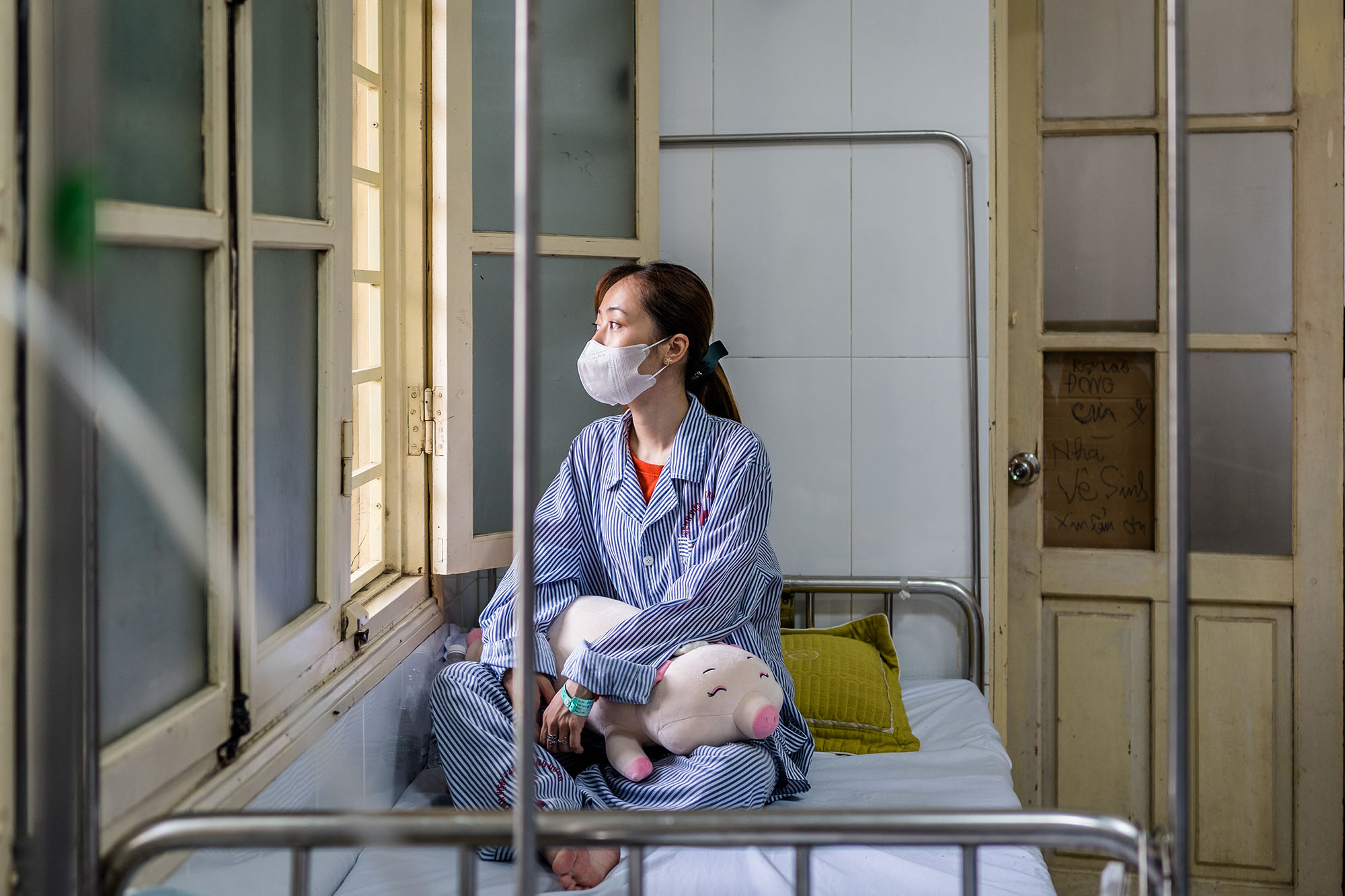
But TB continues to be fueled by inequity, and millions of people continue to live with and die from TB without ever receiving a diagnosis. The disease killed an estimated 1.3 million people in 2022.
In 2023, the Global Fund partnership continued to support countries to deliver equitable, people-centered, cost-effective TB interventions; prioritized finding and treating “missing” people with TB and drug-resistant TB; supported the rollout of better treatment regimens; increased the availability of people-centered, accessible, and quality screening and diagnostics; and addressed the structural drivers of TB and barriers to TB services, including gender and human rights challenges.
Trends in TB Burden
In countries where the Global Fund invests, TB deaths (excluding people living with HIV) have been reduced by 36% between 2002 and 2022, while new TB cases (all forms) have dropped by 1%. In the absence of TB control measures, deaths would have increased by 129% and TB cases by 38% in the same period.
Trends in TB deaths (excluding HIV-positive)
Trends in new TB cases (all forms)
Investing for Impact
The Global Fund provides 76% of all international financing for TB and has invested US$9.9 billion in programs to prevent and care for people with TB and US$1.9 billion in TB/HIV programs as of June 2024. Our investments in TB programs globally are reinforcing health and community systems, making them more resilient, sustainable and inclusive.

To end TB as a public health threat, we must remain laser-focused on bridging the gaps in prevention, treatment and care that persist.
Progress Towards the Global Targets
In 2023, TB programs in countries where the Global Fund invests achieved a complete recovery from COVID-19-related disruption. We found more people with TB than ever before – 7.1 million people were put on treatment.
Country efforts are at the center of this progress. India, which has the world’s largest TB burden, treated 2.4 million people1 for TB in 2023, up from 1.7 million just six years before. And as a result of strong domestic resource commitments to their TB program in recent years, Indonesia has been able to increase the number of people treated for TB from 339,000 in 2021 to 783,000 in 2023.
Despite that progress, we are still off track to end TB as a public health threat by 2030. To get there, we must do more. An all-in response to TB today actively contributes to building a safer, healthier and more equitable world tomorrow.
[1] https://www.who.int/teams/global-tuberculosis-programme/data#prov_notifications
TB deaths: progress towards the WHO target*
TB incidence rate: progress towards the WHO target
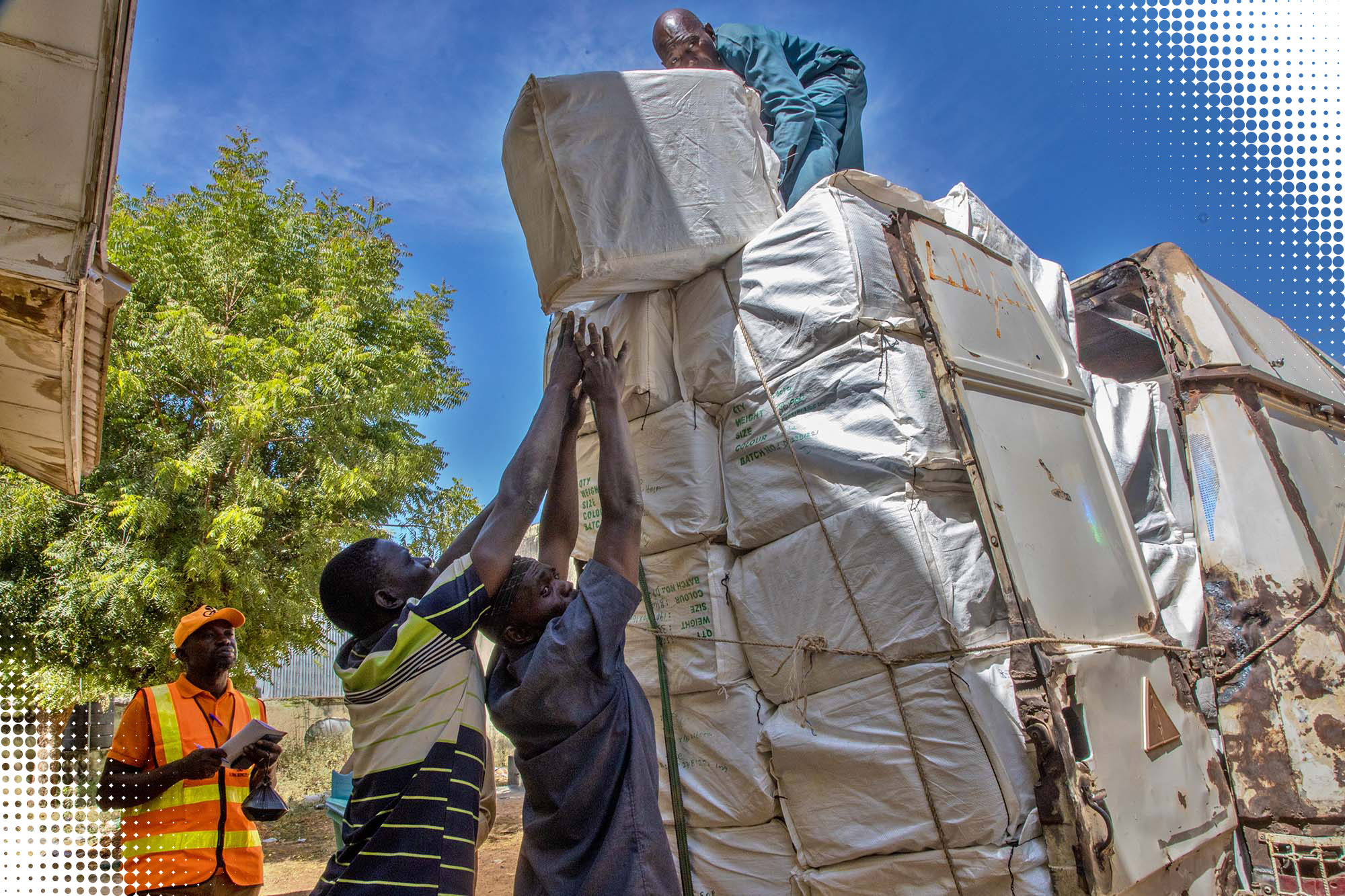
Malaria: State of the Fight
Key malaria results in 2023 in countries where the Global Fund invests:
Malaria remains a daunting global health challenge. Conflict, climate change and increasing resistance to insecticides are jeopardizing the significant gains that the Global Fund partnership has made against malaria over the last two decades. But with investments to strengthen health systems and accelerate the targeted deployment of innovative tools and trusted prevention, testing and treatment methods, the Global Fund partnership is fighting back.
Mosquito nets population coverage
Mosquito nets population use
Suspected malaria cases tested

In 2023, Global Fund-supported malaria programs lent a special focus to reaching children under 5 and pregnant women, who are most vulnerable to severe malaria. In 2023, 44.6 million children received seasonal malaria chemoprevention and 15.5 million pregnant women received preventive treatment for malaria in countries where we invest. Posting a full recovery from COVID-19-related disruption, our partnership expanded access to powerful tools to prevent and treat malaria, including new dual-insecticide mosquito nets, seasonal malaria chemoprevention for children at high risk of malaria, intermittent preventive treatment of malaria for pregnant women, indoor residual spraying, and antimalarial medicines.
Trends in Malaria Burden
Since 2010, countries with the highest malaria burden have achieved significant declines in the overall number of deaths and have been able to drive down incidence rates. In countries where the Global Fund invests, malaria deaths have reduced by 28% between 2002 and 2022. In the absence of malaria control measures, deaths would have increased by 90% and malaria cases by 79% in the same period. The malaria incidence rate has declined by 29% since 2002.
Trends in malaria deaths
Trends in malaria cases
Investing for Impact
The Global Fund provides 62% of all international financing for malaria programs and has invested more than US$19.1 billion in malaria programs as of June 2024. The Global Fund’s investments in the fight against malaria are making far-reaching contributions to strengthening health and community systems, making them more resilient, sustainable and inclusive.

As proved by Cabo Verde – certified malaria-free by WHO in 2024 – the target of ending malaria is within reach. But we must work even harder to regain lost progress and ensure that crises such as conflict and climate change do not derail our efforts.
Peter Sands, Executive Director of the Global Fund
Progress Towards the Global Targets
Malaria remains a daunting global health challenge, and we are off track to meet the target of ending the disease as a public health threat by 2030. It is imperative to get back on track to fight malaria, to protect our gains and end this disease once and for all. With investments to accelerate the deployment of innovative tools, scale up interventions and strengthen critical health system capabilities, like disease surveillance, community health workers and last-mile logistics, we are fighting back.
Malaria mortality rate: progress towards the WHO target
Malaria incidence rate: progress towards the WHO target

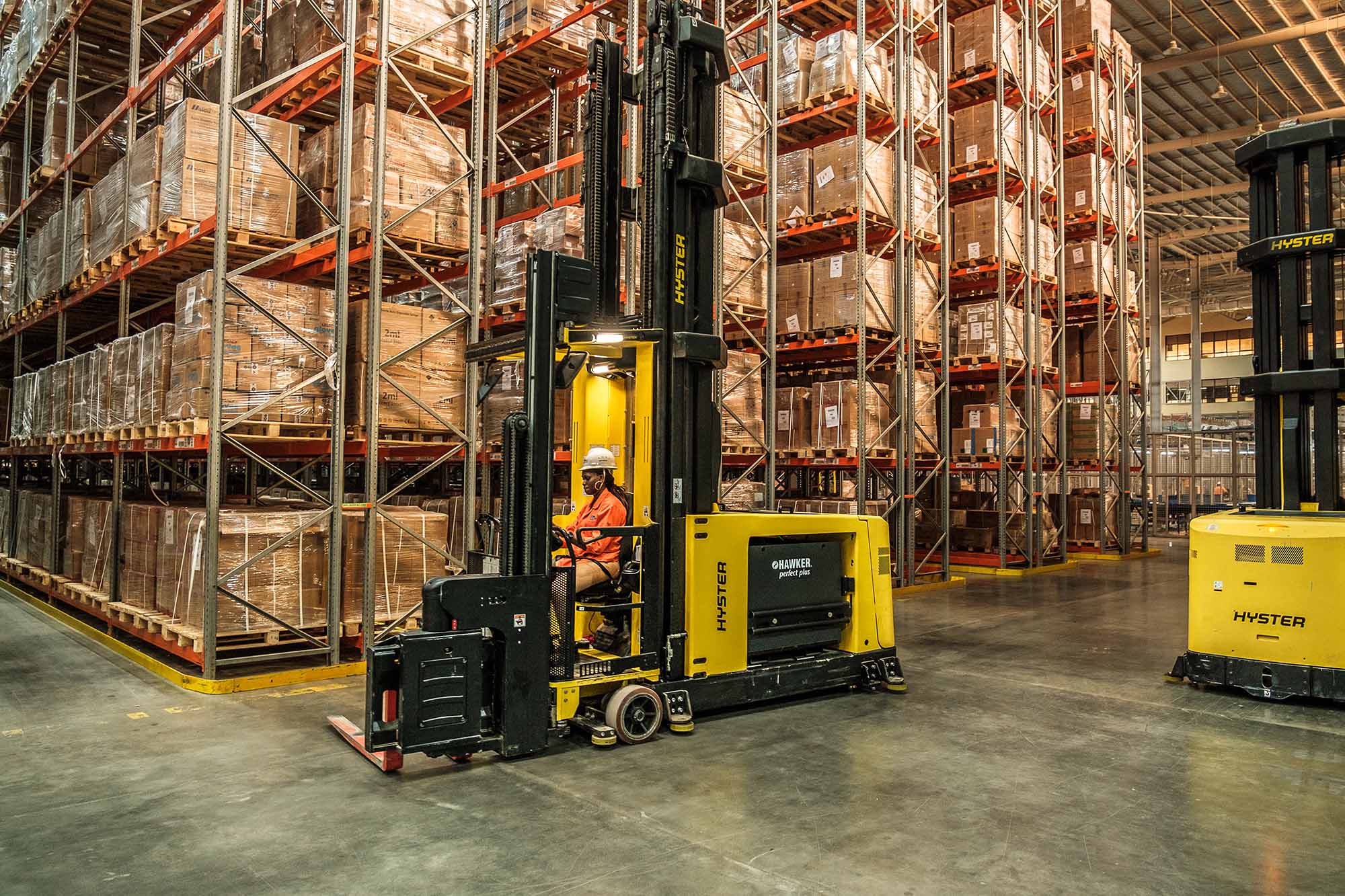
Strengthening Health and Community Systems
We are investing more than ever before in building stronger health and community systems to support interventions to combat the three diseases, accelerate the path towards universal health coverage and reinforce preparedness against future threats, including pandemics, antimicrobial resistance and climate change. Our investments are supporting primary health care facilities, laboratories, supply chains, oxygen provision and community health workers. In 2023 alone, we invested US$1.8 billion2 in health and community systems.
As the largest multilateral grants provider for health systems strengthening, we are supporting countries to build more effective and resilient health delivery systems, including community systems that reach the poorest and most marginalized. We invest in strengthening health product value chains and securing increased supply capacity and lower health product prices through market shaping. In 2023, we invested US$142.4 million in expanding and strengthening laboratory and diagnostics capacities; US$98.6 million in surveillance systems to strengthen early detection and reporting capabilities for all hazards; and from 2021 to 2025, we are investing around US$564 million to expand access to lifesaving medical oxygen. The Global Fund has invested more than US$1.5 billion in community health workers since 2020 and is investing US$900 million more over the next three years.

Colliding Crises
In the face of crises and challenging circumstances, we have repeatedly demonstrated our value in supporting countries to adapt to shocks to ensure sustainable progress against the three diseases and improve overall health outcomes.
In 2023, climate change, conflict, and attacks on human rights, gender equality and civil society caused enormous human suffering and deepened inequities within and between countries. While the impact and dynamics of these crises differ by region and country, the challenges invariably put the poorest and the most marginalized people at greater risk of deadly infectious diseases.
Since 2002, the Global Fund has provided more than US$22 billion to support crucial HIV, TB, and malaria prevention and treatment services and strengthen health and community systems in countries or regions that experience infectious disease outbreaks, natural disasters and hazards, armed conflicts or civil unrest, weak governance, climate change-related crises, and/or mass displacement.
To end HIV, TB and malaria as public health threats and address emerging dangers to global health security, we need to reach the most vulnerable people with prevention and treatment services, wherever they are.

Investing for Impact
The Global Fund galvanizes the world to invest in the fight against the deadliest infectious diseases while challenging the injustice that continues to fuel them. Since our founding in 2002, the Global Fund has disbursed more than US$65.4 billion to support programs run by local experts in more than 100 countries. In 2023, we invested US$5 billion3 to fight deadly infectious diseases and strengthen health and community systems. This is the third year in a row of record investments for the Global Fund.
Our Results Methodology
The Global Fund Results Report 2024 presents selected programmatic results (e.g., people on antiretroviral therapy, people treated for TB, mosquito nets distributed) achieved by supported programs in 2023. The programmatic results are reported routinely to the Global Fund by the supported programs. The data collected by our technical partners are also used for cross-checking and triangulation and for furnishing national data for selected services to align with the Global Fund partnership’s approach in results reporting. The Global Fund also uses official disease burden and impact estimates developed and published by our technical partners, including the World Health Organization and UNAIDS, as the basis for measuring impact.

